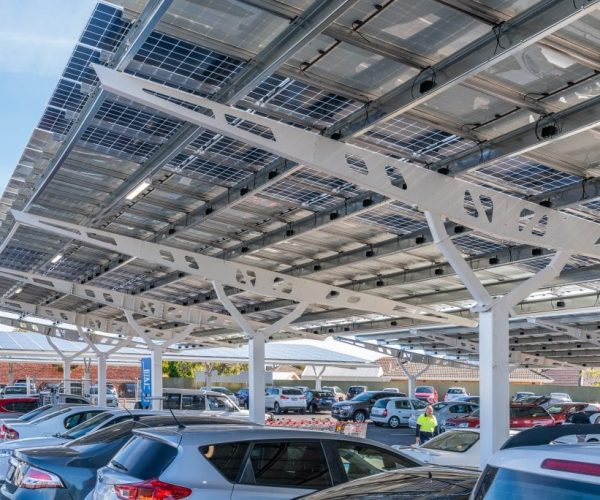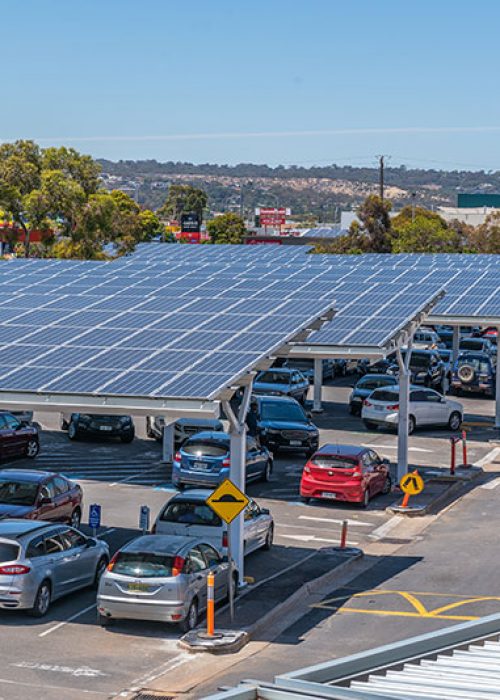Solar Shade Structures: Key Aspects to Consider Prior to Creating & Constructing
Solar shade structures have actually acquired popularity as a multifunctional option that combines the benefits of supplying shade and also protection with the generation of tidy and also renewable energy. In this post, we will look into the globe of solar shade structure layout as well as building and construction, exploring the varied options readily available. From products and also shapes to installation strategies, we will check out just how cutting-edge design selections can make best use of power production while developing aesthetically pleasing and functional structures that add to a sustainable future.
Solar shade structures have actually come to be an increasingly popular choice for a vast array of applications, consisting of car park, leisure areas, and also outside celebration areas. These structures not only supply shade and protection from the sunlight's extreme rays but additionally harness solar power to create electrical energy. Let's explore the essential aspects of solar shade structures.
I. Products for Solar Shade Structures
The products made use of in the construction of solar shade structures play a substantial role in their longevity, looks, and power efficiency. Right here are some common materials used:
Steel:
Steel provides extraordinary strength and toughness, making it an ideal choice for larger structures. It can endure harsh weather conditions and also give long-lasting support for solar panels. In addition, steel can be recycled, making it an eco-friendly option.
Light weight aluminum:
Comparable to steel, aluminum is light-weight, corrosion-resistant, as well as commonly used in solar shade structures. It is specifically suitable for locations near seaside regions, as it is immune to deep sea rust. Aluminum structures additionally have a high recycling price, adding to sustainability.
Timber:
Timber supplies a much more natural and also aesthetically pleasing option for solar shade structures. It mixes well with exterior settings as well as can be treated to enhance its durability as well as resistance to weathering. Utilizing sustainably sourced and certified timber is suggested to minimize environmental influence.
Textile Membranes:
Textile membranes provide versatility and translucency, permitting diffused sunshine to infiltrate while supplying shade. They are typically utilized in sail-like structures, adding an unique and artistic touch to outside spaces. Selecting top quality, UV-resistant materials makes certain durability and optimal performance.
II. Forms and Architectural Factors To Consider
Solar shade structures been available in different sizes and shapes, supplying modification alternatives to fit different areas as well as objectives. Below are some prominent layouts:
Cantilever Structures:
Cantilever structures feature a looming layout solar car park that provides unblocked space beneath. These structures are specifically appropriate for parking lot, as they use enough shade without hampering car parking or movement. Cantilever structures can be made with single or several arms, depending on the dimension and format needs.
Multiple-Column Structures:

Multiple-column structures provide a modular method, providing adaptability and scalability. This style permits simple development as well as change to suit different areas as well as future demands. The spacing between columns can be enhanced to optimize shade insurance coverage as well as solar panel setup.
Sail-like Structures:
Sail-like structures are frequently used in exterior entertainment areas, providing a creative as well as aesthetically attractive design. These structures develop special shapes as well as shadows while efficiently using solar power. The tensioned textile membranes made use of in sail-like structures can be tensioned with cords or steel frames to accomplish the wanted form.
Architectural considerations, such as the positioning of the structure, additionally play an important duty in taking full advantage of solar energy generation. Lining up the structure to deal with the sunlight's path enhances energy manufacturing, while the inclusion of solar tracking systems even more improves performance by adhering to the sunlight's activity throughout the day.
III. Installation Approaches as well as Foundation Solutions
The setup approaches for solar shade structures rely on site conditions as well as style requirements. Here are some typical setup approaches:
Ground-Mounted Systems:
Ground-mounted systems are typically made use of in open spaces as well as need foundations such as concrete footings or ground screws. These structures are flexible and also can be easily gotten used to optimize sunshine direct exposure. Ground-mounted systems are commonly utilized for solar car park structures and also larger-scale shade installments.
Roof Installations:
Rooftop installments make reliable use existing structures, such as buildings or carports. These installations are space-saving and also can utilize the readily available roof location for solar power generation. Roof installments call for ideal architectural evaluation to guarantee the roofing system can handle the additional weight of the solar shade structure.
Integrated Solutions:
Integrated systems integrate the solar panels with the structure itself, seamlessly blending renewable resource generation with functional shade arrangement. These systems provide a natural and also visually appealing style. Integrated systems are commonly utilized in architectural jobs where the solar shade structure ends up being an essential part of the total structure or landscape layout.
Foundation systems play a crucial role in the stability and also durability of solar shade structures. Choices such as ballasted systems, stack foundations, and concrete footings offer stability in different dirt conditions. Design knowledge is necessary in establishing the appropriate structure system based upon elements such as wind lots, soil problems, and also neighborhood building ordinance. Appropriate structure layout ensures the structure can hold up against environmental pressures and also preserve architectural stability over time.
IV. Looks and Integration
Appearances and assimilation are necessary considerations in solar shade structure style, as they ensure the structures blend sympathetically with the surrounding setting. Right here are some key points to think about:
Style Aspects:
Including style aspects such as bent or geometric shapes, color customization, and creative patterns allows for innovative expression while keeping capability. This enables solar shade structures to end up being aesthetically enticing prime focus within their respective settings. The selection of shades can also aid with warm reflection, minimizing warm absorption within the structure.
Integration with Other Technologies:
Integrating solar shade structures with various other innovations and also systems can better boost their capacities. As an example, integrating power storage space systems makes it possible for the storage of excess power for use during non-sunny periods, maximizing energy utilization. Furthermore, wise tracking as well as control systems supply real-time data on energy manufacturing as well as intake, enhancing efficiency and maintenance. Assimilation with LED illumination systems can improve the capability of solar shade structures, extending their functionality into the night hours.
Environmental Considerations:
Sustainability needs to be an essential focus when developing and also constructing solar shade structures. Selecting materials with low ecological influence, using recycled or recyclable materials, and applying energy-efficient innovations all contribute to producing eco-friendly structures. Life cycle analyses can be performed to assess the total ecological influence of the structure.
Often Asked Inquiries
Q1. What are the benefits of solar shade structures?
Solar shade structures provide shade as well as protection from the sun's rays while generating tidy and also renewable resource. They offer a sustainable option that adds to minimized energy expenses and environmental conservation. Solar shade structures can likewise improve outdoor convenience as well as produce even more functional spaces.
Q2. Can solar shade structures be customized to match various locations?
Yes, solar shade structures been available in numerous shapes and sizes, permitting customization based upon the location's needs as well as aesthetic choices. Layout options, products, as well as installation approaches can be customized to fit particular applications and also atmospheres.
Q3. Are solar shade structures durable?
Yes, the sturdiness of solar shade structures depends upon the materials used as well as appropriate building methods. Steel as well as aluminum structures are recognized for their stamina and longevity. Wood structures can also be resilient when dealt with and also preserved effectively. Fabric membranes need to be selected based upon their resistance to UV radiation as well as weathering.
Q4. Exactly how can solar shade structures contribute to energy efficiency?

Solar shade structures create electrical power with solar panels, minimizing dependancy on typical power resources. Excess energy can be saved for later usage, maximizing energy application. Incorporating energy-efficient lighting systems and also control devices additionally boosts power performance.

Conclusion
Designing and constructing solar shade structures calls for mindful consideration of various elements, including products, forms, installment techniques, appearances, and also combination with various other modern technologies. By leveraging innovative style alternatives and also building strategies, solar shade structures can offer shade and also protection while creating clean and also renewable resource. As the need for lasting power solutions remains to grow, solar shade structures supply a sensible as well as aesthetically attractive method to meeting both environmental and also practical needs. With correct design and also building and construction, solar shade structures can add to a much more sustainable as well as energy-efficient future.